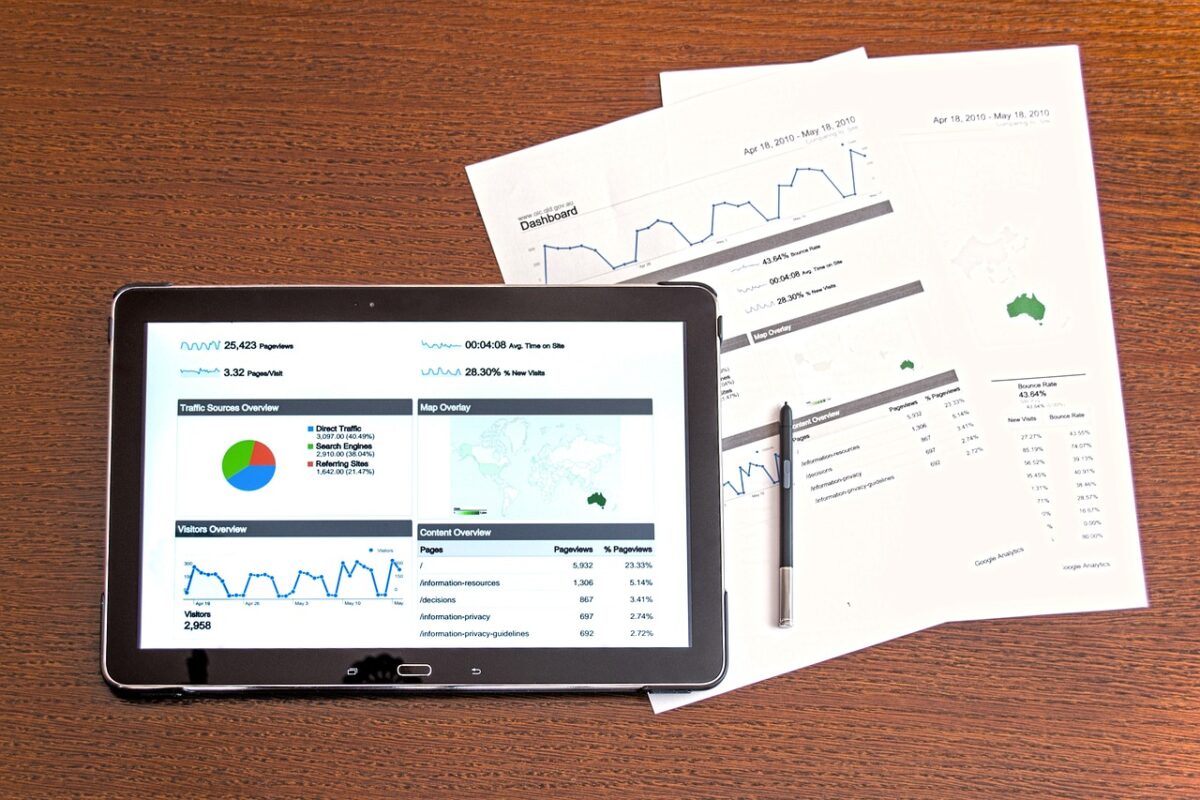As concerns surrounding data breaches rise amongst IT leaders, security is at the forefront of every company’s operations. Due to the high cost that comes with these breaches, many businesses spend millions to strengthen their defenses.
Despite all of the human capital and monetary resources dedicated to protecting data, though, many basic data security risks are commonly overlooked. One of the biggest being downloading data to spreadsheets and Excel files. Let’s take a look at the problems behind this security risk as well as its potential impacts.
What’s the Problem?
Downloading your data to an Excel spreadsheet seems simple enough, chances are you’ve done it yourself on multiple occasions. You might have been quickly searching for answers about last quarter’s sales or current inventory levels. Whatever the case, downloading data, particularly to a personal computer, can cause a number of problems.
The task might seem trivial or insignificant in comparison to other security threats, but what are the real implications of downloading data to a spreadsheet?
Data downloaded to a spreadsheet results in problems such as:
- The inability to monitor or control how the data is used or shared
- Files become subject to misuse and exploitation
- An increased risk of hacking and exposure of confidential information
Non-Security Issues
Beyond the increased exposure to data breaches, there are many other implications. To begin, you’re unable to work with the data in real-time. Data is constantly changing and once the data is removed from the warehouse, it instantly becomes outdated. You don’t want to be making important decisions based on data from last week if the data is shifting every hour. Working with only a mere snapshot in time could create the wrong picture as well as issues of inaccuracy.
What are the Real Costs?
While the potential risk factors might be evident, let’s review what some of the quantifiable costs are. According to a recent study by IBM, the average cost of a data breach in 2020 is approximately $3.86 million, this number rising significantly each year.
Companies are no stranger to these high costs, many have experienced their own security breaches as a result of spreadsheets. In organizations with hundreds or even thousands of employees, human error is inevitable. In 2014, for example, an employee at Willis North America accidentally sent a spreadsheet containing private information to 4,830 employees enrolled in the company’s medical rewards plan. The attachment contained employees’ names, birthdates, Social Security numbers, employee ID numbers, and additional confidential data.
The insurance broker had to pay for identity theft protection services for all affected employees as a result, costing them thousands. Additionally, the company received a citation from the US Health Insurance Portability and Accountability Act (HIPAA). Costs, though, extend beyond fines and additional losses, the company’s reputation is also an expense to keep in mind.
Keep it in the Warehouse
While it’s crucial to take the necessary precautions when it comes to data security, all of those efforts could be undermined by something as simple as a spreadsheet. Data is vulnerable when it comes to movement outside of your data warehouse. Making efforts to minimize this risk is key to preventing data breaches, or else it could cost you.



